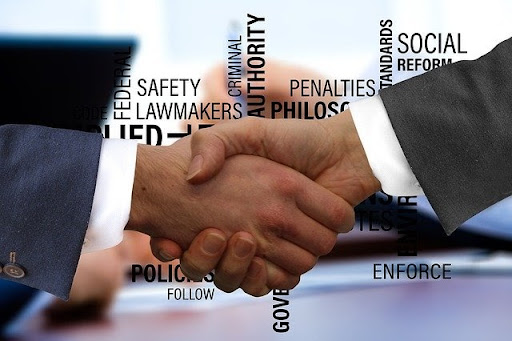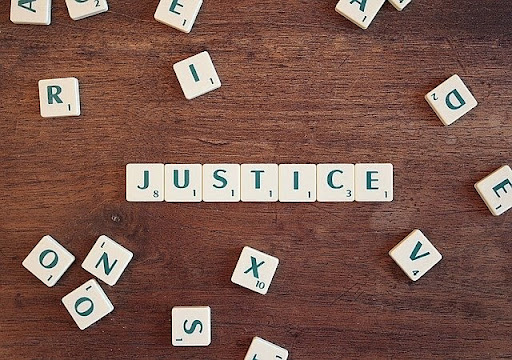Premises Liability Law: 4 Things You Should Know About It
Premises liability law is a type of liability law that deals with responsibility. When someone or something causes harm to another person, they are liable for it. Liability can occur due to negligence, intentional torts, strict liability, products liability, and premises liability. The key difference between these categories is who bears the burden of proof in court. If you are injured on someone else’s property due to a condition they knew about or should have known about, then you could have grounds for a premises liability case against them. In this article, we will explore 4 things about premises litigation: what it is; who bears the burden of proof; how people can be negligent; and some examples of accidents that might lead to a lawsuit under premise-liability law.
What is premises liability law?
Premises liability law is a type of tort. As personal injury attorneys from https://www.joyelawfirm.com/ explain, a tort is a civil wrong that the law says requires compensation for those who suffer any resulting loss or harm as a result. In this context, ‘harm’ refers to injury – bodily harm such as disfigurement, illness, and physical impairment; psychological harm like stress, depression, and the loss of companionship; or financial harm such as loss of expected earnings or higher future expenses.
As with most kinds of torts, someone who is injured by another person’s conduct (known as ‘the plaintiff’) must prove that they have suffered an injury to their person, property, or legal rights. The person or company who allegedly caused the injury (known as ‘the defendant’) is then responsible for answering the claim in a court of law.
Who bears the burden of proof?
In civil court, the plaintiff always has the burden of proof. This means that they must present enough evidence to convince the court that their case is valid, and the defendant is responsible for answering this evidence. However, in some situations, there are different burdens of proof that come into play depending on who is liable for the injury.
A party that has greater access to relevant evidence or information about what happened will generally have the burden of proof in court. So if a plaintiff sues a defendant for an injury that occurred on the defendant’s property, the plaintiff will have the burden of proof. This is because they are in the best position to know what happened on the property and how the injury occurred. However, if a plaintiff sues a third party – such as a manufacturer or supplier – for an injury that occurred as a result of something that the party supplied, then the third party would have the burden of proof. This is because they are in the best position to know about how their product was used and whether it caused any injuries.
What counts as negligence?
Negligence is one of the key concepts underpinning premises liability law. To establish negligence, the plaintiff must show that the defendant owed them a duty of care and that this duty was breached. This means that the defendant:
- failure to take reasonable steps to reduce the risk of injury;
- took reasonable steps, but did not do so in a way that would adequately reduce the risk of injury;
- failed to exercise reasonable care in assessing whether there was any preventative action they were required to take.
In some cases, negligence can be established simply by demonstrating that the defendant’s conduct fell below an objective standard of care – even if they were not aware of it themselves.
What is considered ‘hazardous’?
Hazardous conditions include obvious ones like dangerous machinery and unsafe roadways. They also include less obvious conditions such as broken steps, uneven sidewalks, and even potholes on public roads. A property owner must ensure that any hazardous condition they know about is properly repaired or contained so it doesn’t cause harm to anyone else. If a property owner fails to do this, and someone gets injured on their property due to that failure, then they could be held liable for the resulting injuries.
Examples of premises liability accidents:
- A person who is delivering bread slips and falls in a grocery store because the aisle wasn’t adequately lit;
- A woman sues her landlord after she trips over an exposed electrical wire outside her building;
- A man falls down a steep flight of stairs at his place of work because they were in poor condition.
In some cases, the presence of an ‘attractive nuisance’ can also cause injury and lead to a premises liability case. This occurs when someone creates an appealing condition that they know might attract children onto their property – who are then injured because there are no adequate safety precautions in place. An example of this would be a swimming pool that is left open and unsecured.

If you have been injured on someone else’s property, it is important to speak to a lawyer who can advise you on your best course of action. Premises liability laws can be complex, and the defendant may try to argue that you were responsible for your injury. It is, therefore, crucial to have an experienced legal professional on your side to help you through the process.
